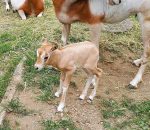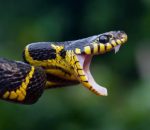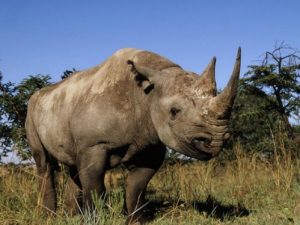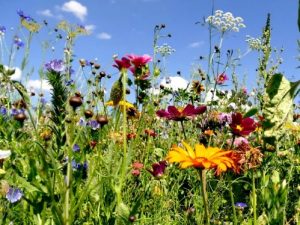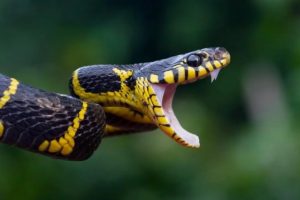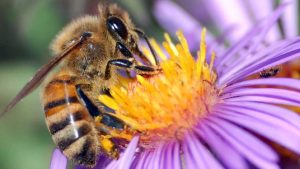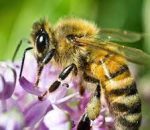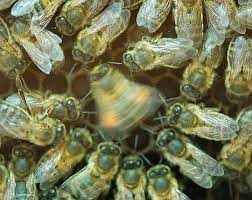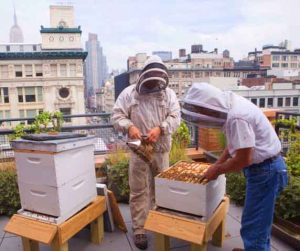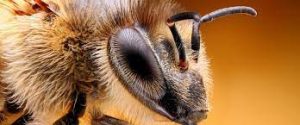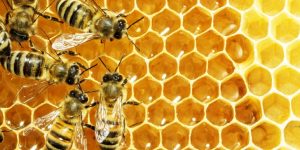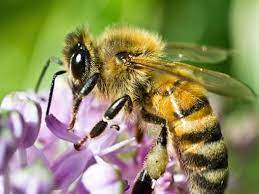Let’s Talk Babies: Oryx vs Human
With the addition of our new scimitar-horned oryx calf, we wanted to highlight how oryx calves grow and develop. How long is a female oryx pregnant? Can the calves stand right away? How long do they stay with their mom? We are going to answer all these and more! But that isn’t all we will be doing. We are also going to see how a growing oryx baby compares to a growing human baby. It may shock you just how different the development process is for some animals when compared to humans. We don’t typically think about it, but it can be interesting to compare the two and see how similar or different they are!
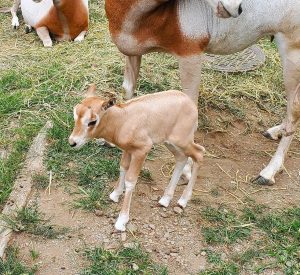 Scimitar-horned oryx can breed year-round when environmental conditions are right. They have a gestation period of about 8-8.5 months and usually give birth to a single calf, which weighs around 22 pounds (that’s as heavy as a full-grown dachshund!). Similarly, humans can also have a baby at any time during the year and, with a nine-month gestation period, it is very close that that of an oryx. Did you know that most human babies are born between July and October? August is the most popular month for births.
Scimitar-horned oryx can breed year-round when environmental conditions are right. They have a gestation period of about 8-8.5 months and usually give birth to a single calf, which weighs around 22 pounds (that’s as heavy as a full-grown dachshund!). Similarly, humans can also have a baby at any time during the year and, with a nine-month gestation period, it is very close that that of an oryx. Did you know that most human babies are born between July and October? August is the most popular month for births.
Like the oryx, humans typically give birth to one baby, however there is the possibility of twins, triplets, all the way up to octuplets (but that is very rare)! Human babies don’t quite weigh the same as an oryx calf. The average weight for a human baby is 5-5.8 pounds, which is nowhere near 22 pounds. Overall, not too many differences so far, but let’s look at development after birth.
 Oryx calves can get up and walk just a few hours after birth. But the calves don’t get to join the rest of the oryx just yet since the mothers hide them for 2-3 weeks before rejoining the herd. At around 2 weeks old, calves begin nibbling on solid food, and after 4 months they can feed on their own. At this time, they will leave their mother, but remain in the herd. Oryx are considered mature at around 1-2 years old.
Oryx calves can get up and walk just a few hours after birth. But the calves don’t get to join the rest of the oryx just yet since the mothers hide them for 2-3 weeks before rejoining the herd. At around 2 weeks old, calves begin nibbling on solid food, and after 4 months they can feed on their own. At this time, they will leave their mother, but remain in the herd. Oryx are considered mature at around 1-2 years old.
Now, I’m sure you can already tell there are some major differences between oryx calf development and human baby development, but let’s compare! A baby’s first steps are a pretty big deal; but instead of them happening a few hours after birth like the oryx, it usually takes 8-18 months for a human to start standing on their own two feet. And while the oryx can eat solid food early on, it’s going to take around 6 months for a human baby to be able to eat food other than formula/breast milk. Most of us are going to remain with our guardians until we are 18 years old. But could you imagine setting off on your own at 4 months like the oryx? In most countries, we are considered adults once we reach 18 years of age, but our brains continue to develop until we are 25-30 years old! It’s crazy to think oryx are already mature at 1-2 years old. When I was 1, I barely had any idea what was going on!
Whether it be a human baby growing a first tooth or an oryx baby getting it’s adult markings, it’s exciting to watch any baby grow and reach milestones throughout their life. We hope you enjoy getting the opportunity to watch as the newest member of our oryx herd grows up!
Written by Emily Granville
Education Specialist
Lehigh Valley Zoo | Schnecksville, PA
